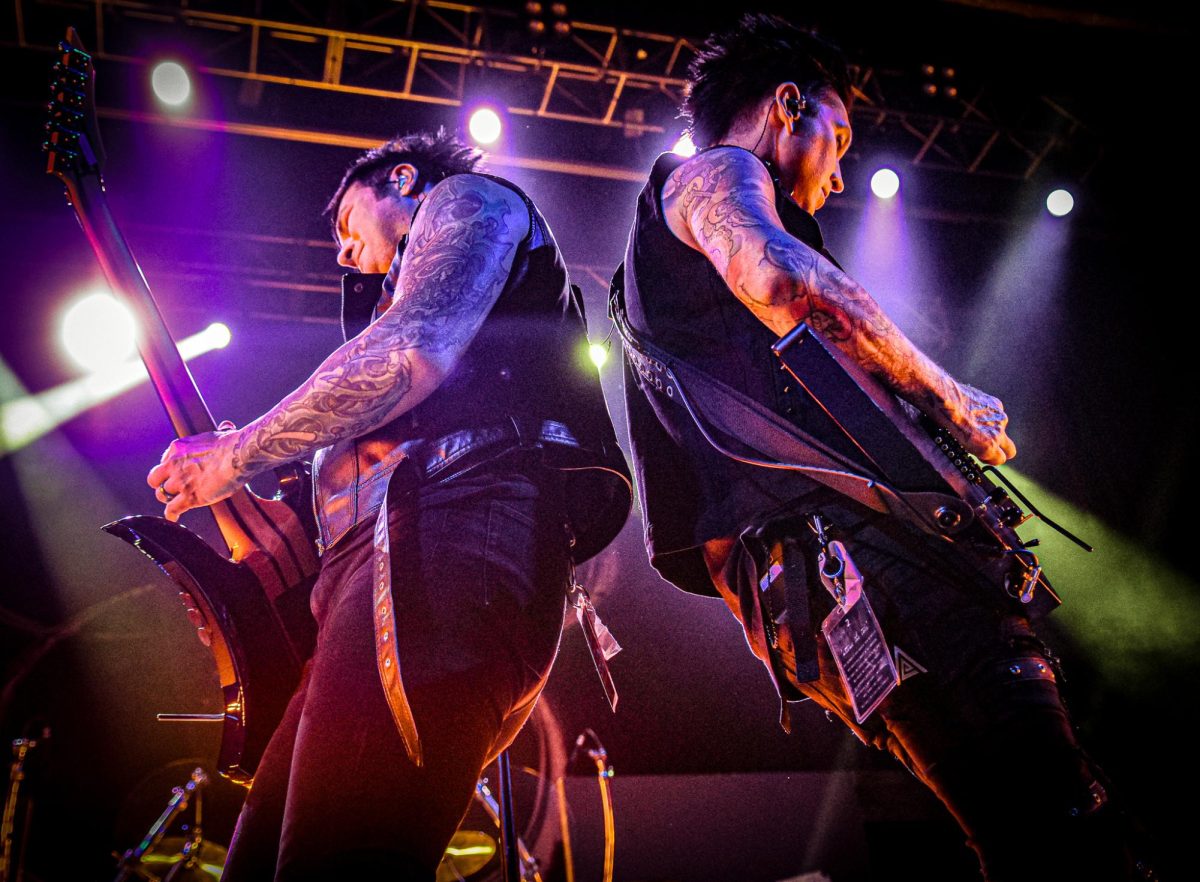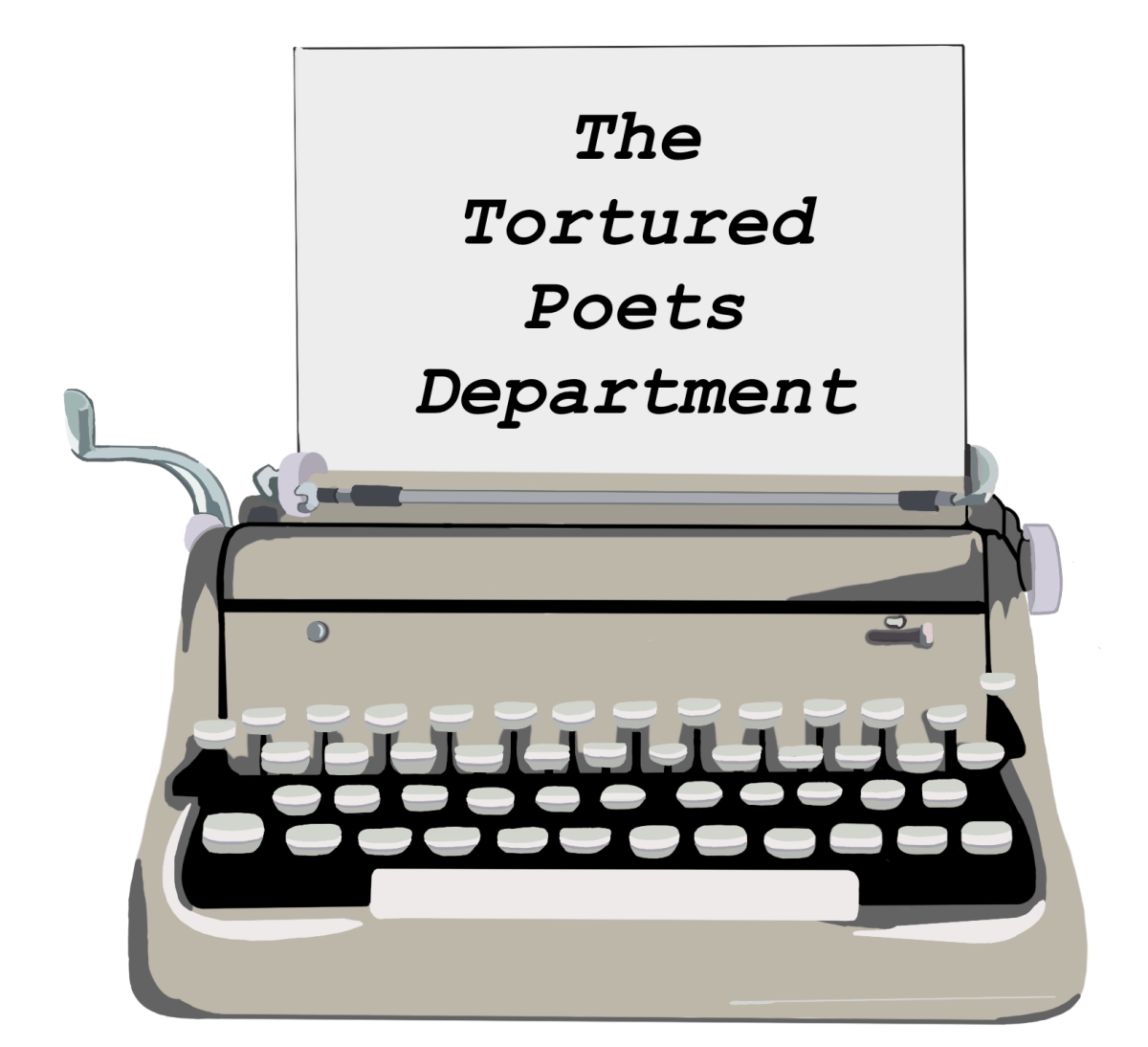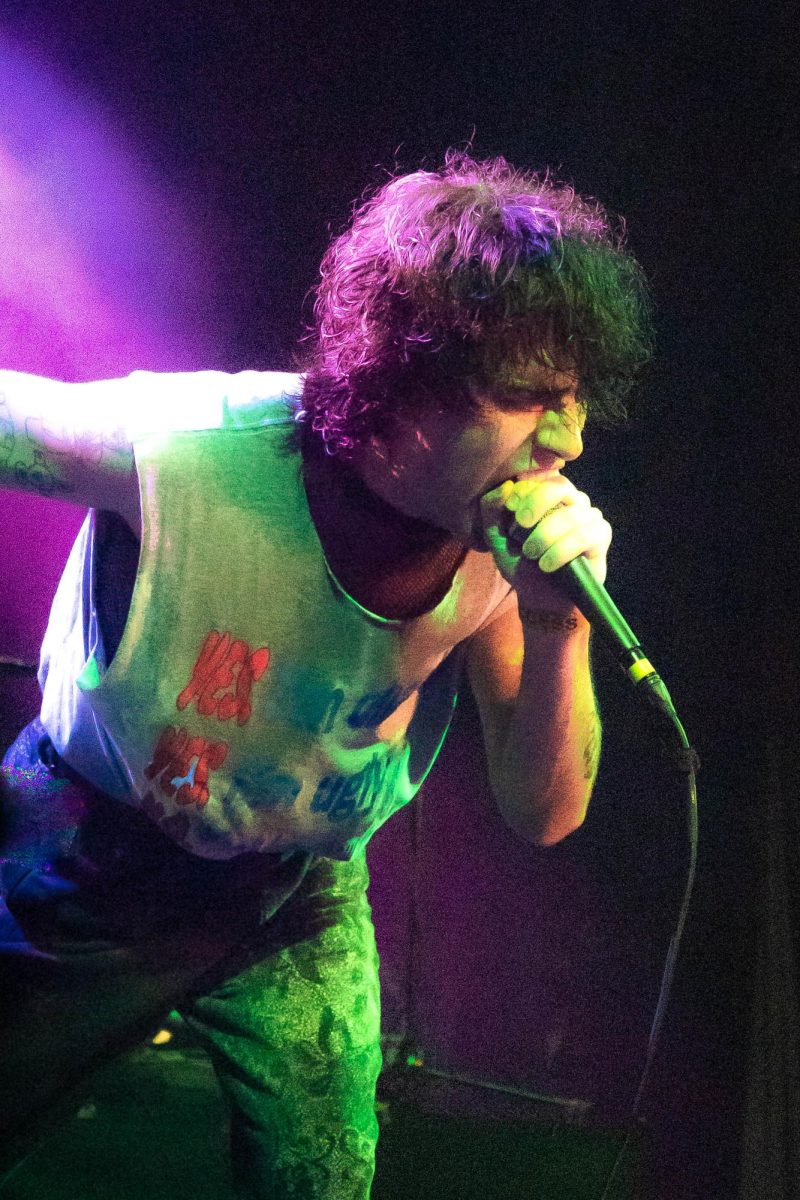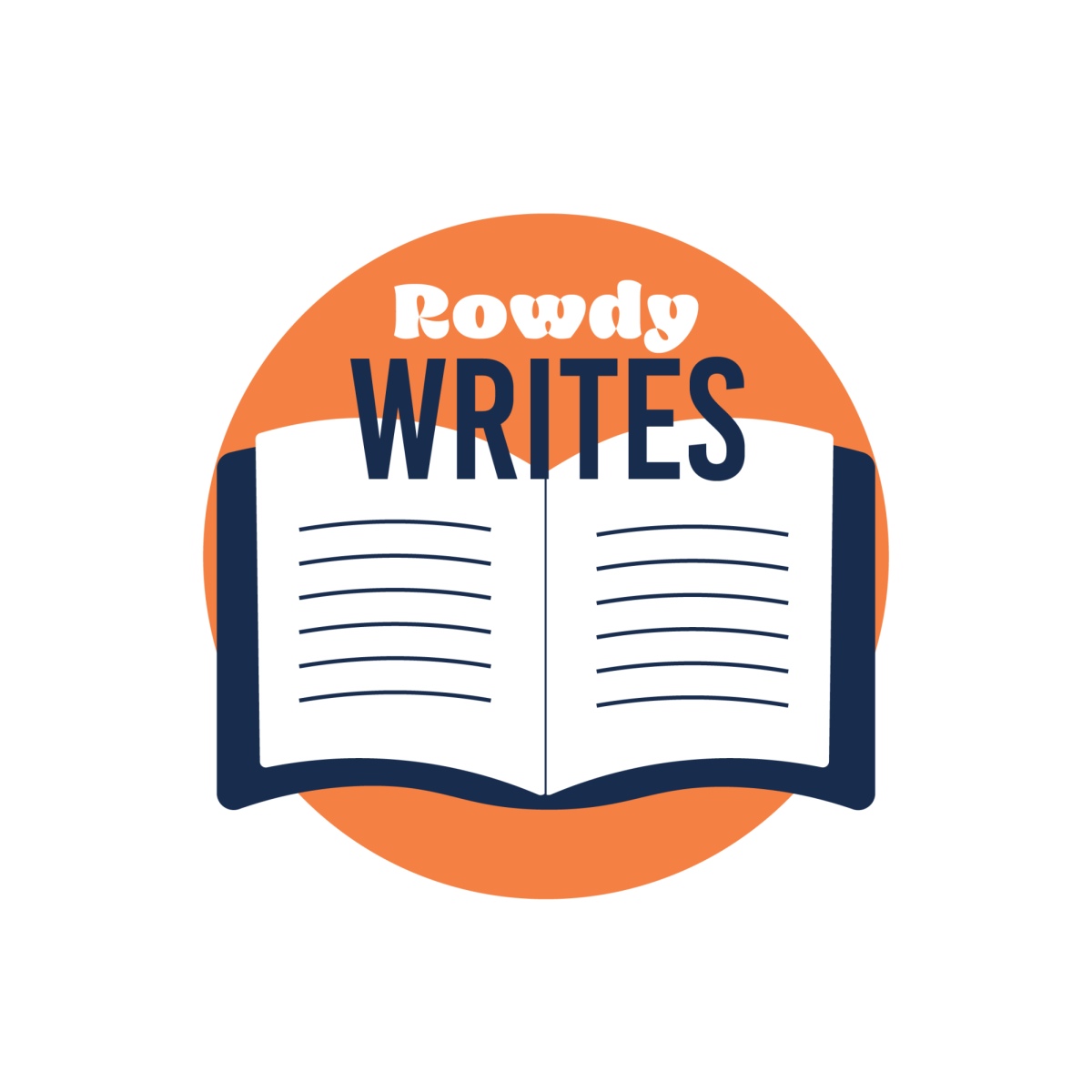

It was not all that long ago when cell phones were few in number, and the primary method of communication when out of the house was the pay phone.
These days, though, pay phones are of little use to most people, and with this decrease in use comes many empty phone stalls around cities. But in a city like Austin, TX, an empty pay phone stall is more inspiration than clutter, and that is exactly how the Pay Phone Revival Project (PPRP) began.
Three years ago, Bridget Quinn’s interest in the use of public space and the way people interact with it led her to photograph the outdated pay phones in Austin. It was not long before her passion for public art and the artistic potential of the city resulted in Quinn organizing the first round of the Pay Phone Revival Project. It began in January 2010 with eleven local artists repurposing seven abandoned pay phones in Austin.
By November, the installations were ready to be revealed on a bike tour that visited all the sites as part of the 2010 East Austin Studio Tour. The general theme of all the installations is the restoration of the communicative potential of the pay phones, but the sites represent this in a variety of ways; they range in design from a full wall mural to interactive projects like a see-saw resembling a giant handlebar mustache.
Quinn says the project is meant to be a temporary piece, but the movement is not slowing down now.
The second round of installations was unveiled on April 1. Like the first round, the first day kicked off with a bicycle tour of the ten new sites. But there have been a few additions to this year’s PPRP; some of the eleven participating artists are actually teams, and they now include non-Austin residents.
The project is being partially funded by the Downtown Austin Alliance and donations through kickstarter.com. This year the project is part of the Fusebox Festival in Austin.
The additional funding allows the installations to be more interactive; they now include a voice amplifier, a letter exchange, and a charger for cell phones and laptops.
Quinn explains that with temporary public art there is less controversy with the residents, so there is more freedom for experimentation.
“I think people are really hungry for that kind of work,” she said. And they must be, because there has been great support for round two of the PPRP, which is sure to capture the attention and imagination of many Austin residents with its theme of interpersonal communication and appreciation for public space.











